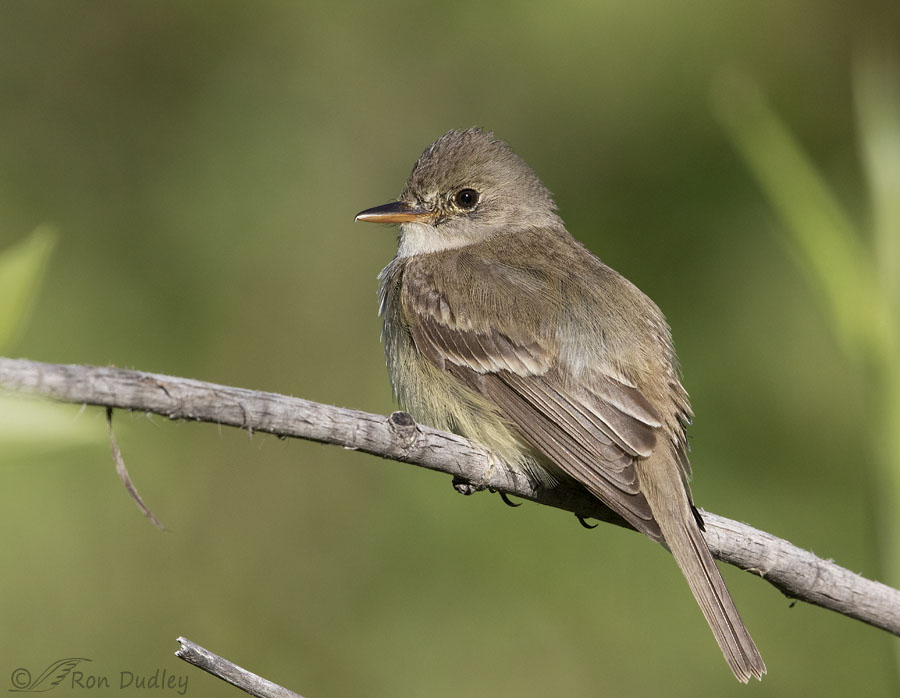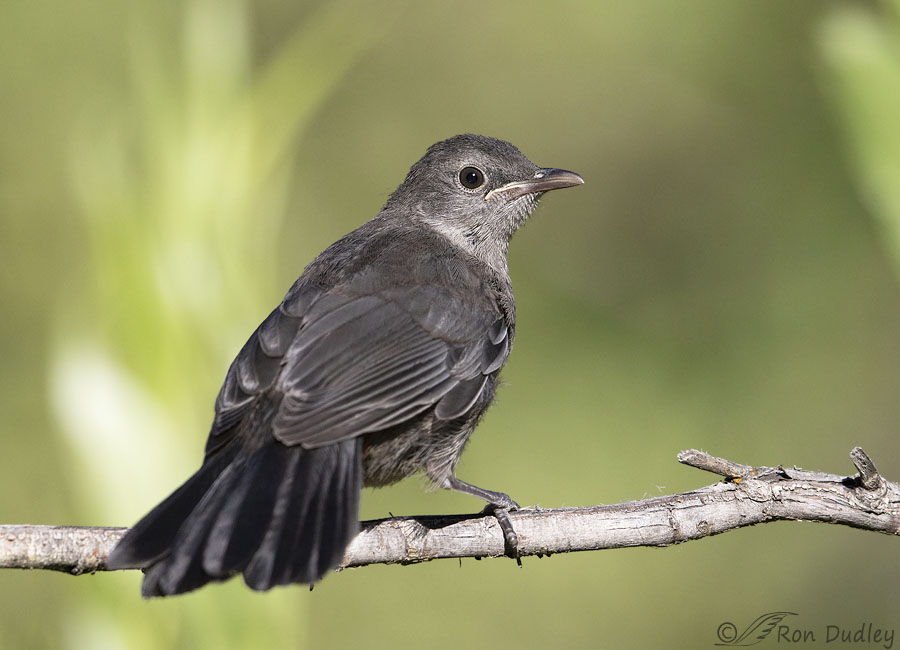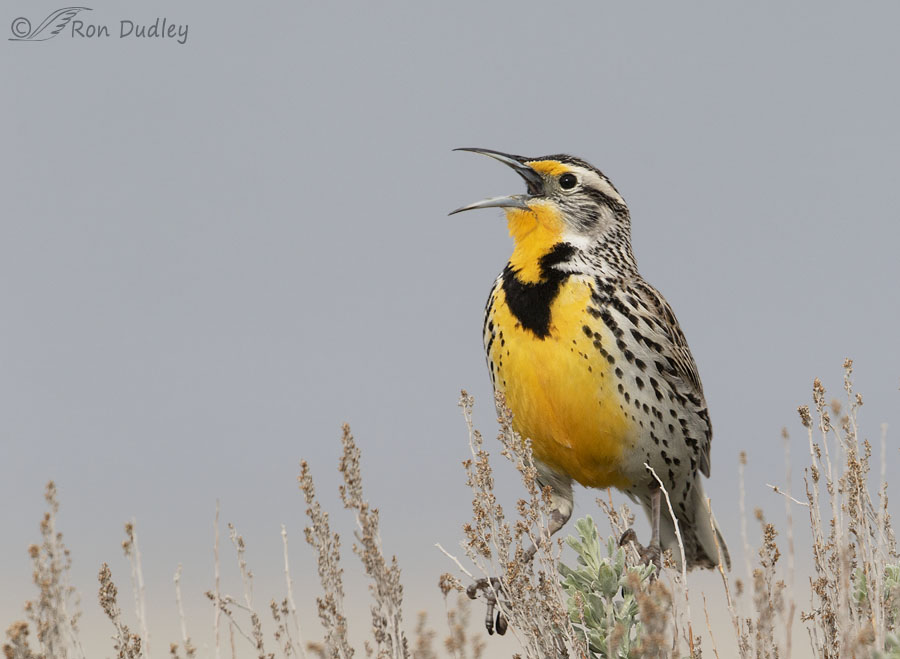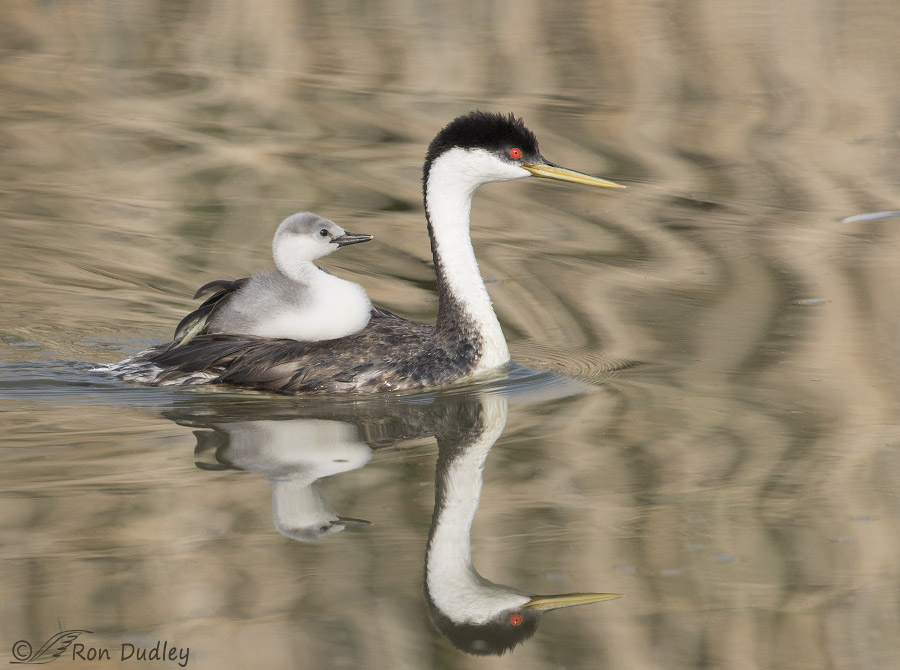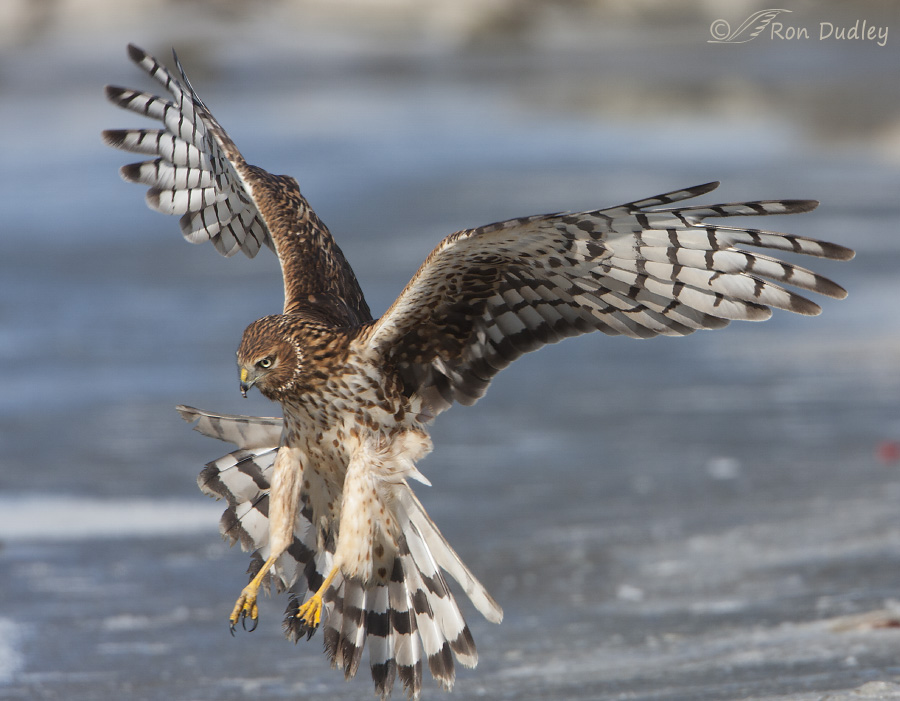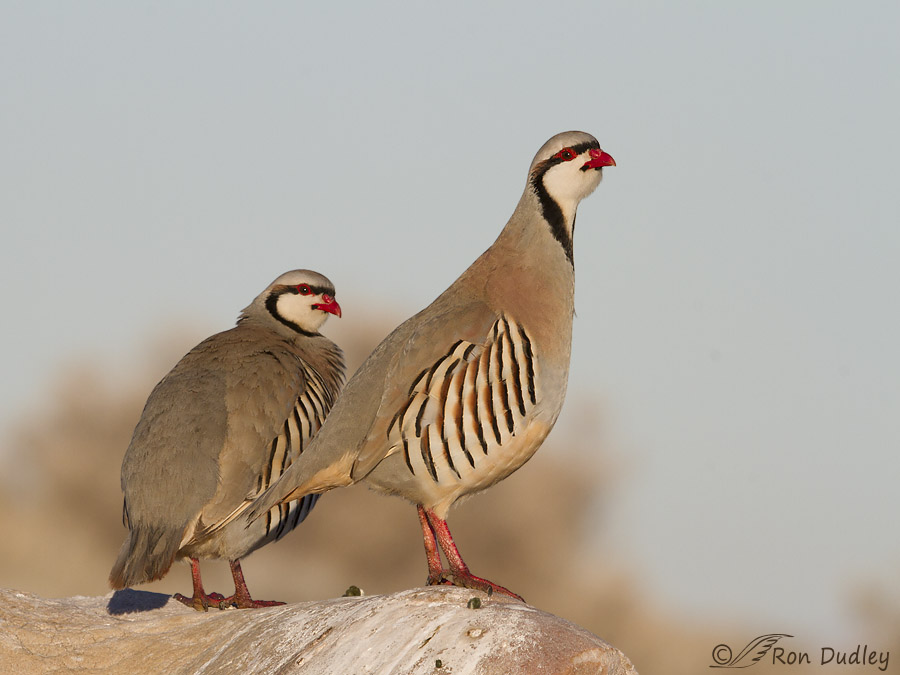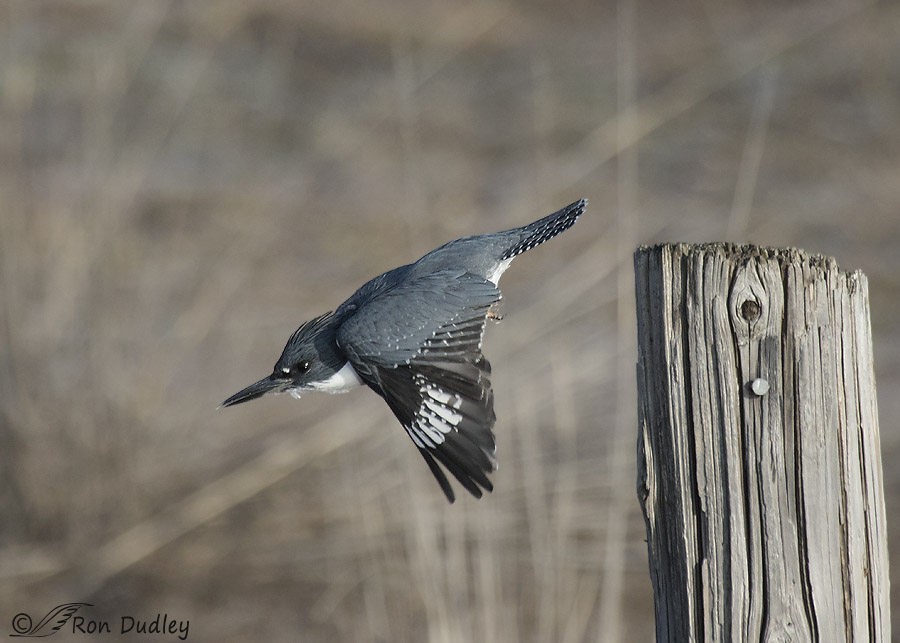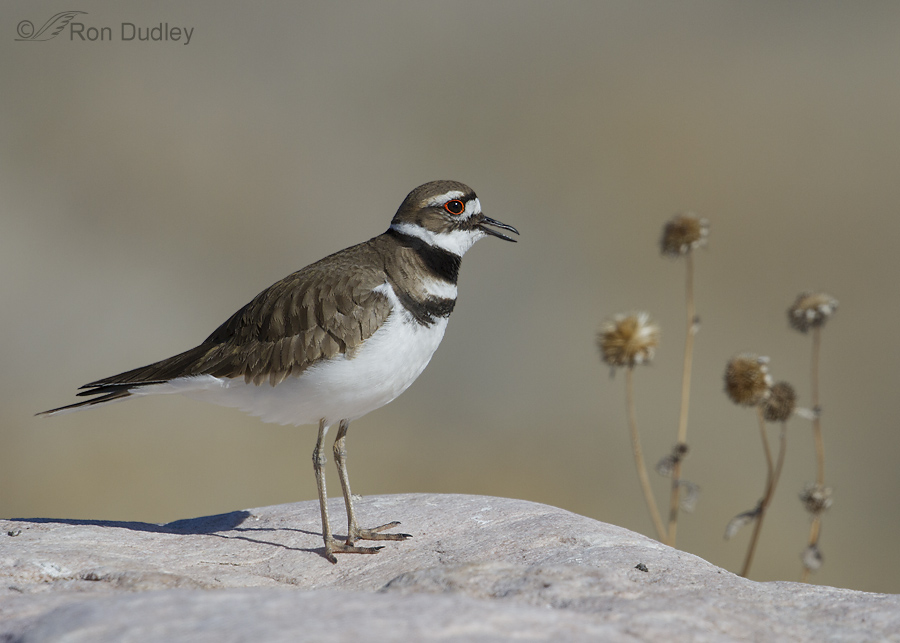Tag: aperture
Recently Fledged Gray Catbird
Singing Western Meadowlark – An Accidental Success
Western Grebes – A Family Affair
Bald Eagle And Northern Harrier – A Retrospective On An Old Camera And Old Habits
Chukars – A Pair
Belted Kingfisher In Flight
A Killdeer And The Effects Of Depth Of Field
A White-crowned Sparrow And The Effect Of Depth Of Field
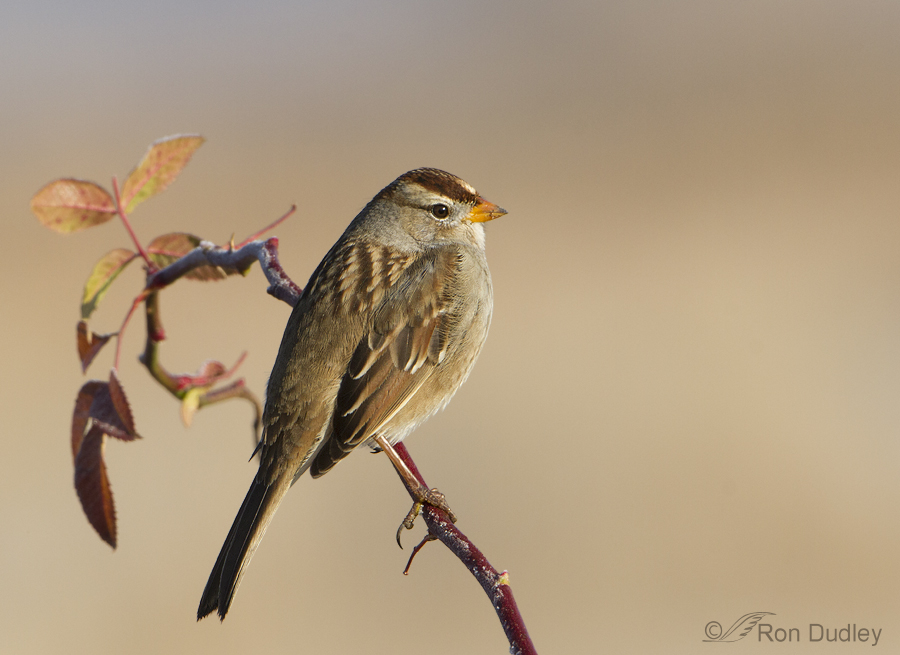
Two days ago I found this juvenile White-crowned Sparrow sunning itself in a wild rose-bush at Farmington Bay. It was a cold morning (you can see frost on the perch behind the bird) and due to the frigid temperature the sparrow wasn’t flitting around much so I did a little experimentation with depth of field.
Chasing The Light For A Swainson’s Hawk
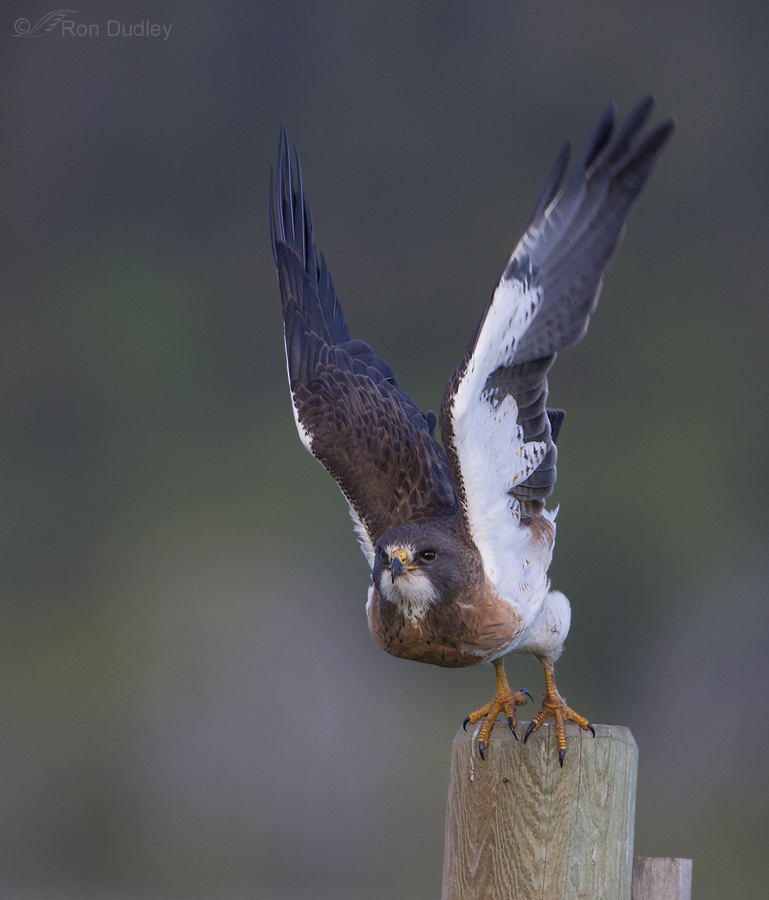
Mia and I often joke with each other that we’d make terrible landscape photographers because we’d be bored by all the waiting around for ideal conditions such as dramatic clouds and perfect light. We much prefer the excitement, unpredictability and the occasional and unexpected delights of bird photography. This Swainson’s Hawk was one of those nice surprises.
Swainson’s Hawks Of Montana’s Centennial Valley
On my trip to Montana’s Centennial Valley last month Swainson’s Hawks were very abundant. I found two families of them that would reliably hunt close to a road and since they had become habituated to the traffic they were easier for me to approach as long as I stayed in my pickup truck. 1/1000, f/7.1, ISO 500, 500 f/4, 1.4 tc This was one of two juveniles along the river at the west end of the valley. Both birds, along with their parents, would repeatedly perch on posts and poles close to my pickup. But it was very difficult to get an acceptable light angle at this location in the morning so I include only this one shot of those birds. 1/2000, f/6.3, ISO 500, 500 f/4, 1.4 tc I had more luck with another family (two juvies and one parent) at the east end of the valley. The light angle was better and I also preferred the fence posts in this area – they were older and had more character. 1/500, f/11, ISO 500, 100-400 @ 400mm Occasionally I was able to get both juveniles in the same shot but of course that situation often brings with it a depth of field problem so I switched to the 100-400 zoom and set my aperture at f/11 and focused on the post between the two birds. It seemed to work pretty well. 1/2000, f/6.3, ISO 500, 500 f/4, 1.4 tc I loved the “butterscotch” colors on these two juveniles – particularly this one. 1/2000,…
Just A Shot That I Like… #12, American Avocet Ballet
Occasionally an image still appeals to me despite significant imperfections. In this shot the cluttered background is not ideal nor are the specular highlights on the leg of the male’s reflection but I quite like the positions of both birds, their reflections and the good separation between the avocets and the reflections. 1/1250, f/10, ISO 400, 500 f/4, 1.4 tc Fighting avocets are very difficult to photograph because typically several male combatants are separated from each other by some distance and you never know which bird is going to go after another one next and when the action begins it is blindingly fast. There’s also the problem of getting enough shutter speed and depth of field for multiple birds in action. Shooting these birds fighting is nearly always a “poke and hope” situation. Setting the scene: I had been photographing four males fighting over a single female (sexes easily identifiable because the female has a shorter and more strongly recurved bill than does the male) when this male lifted off and attacked two other males just out of frame to the right. I just happened to catch the male in a good position over the female with reflections I liked. One of the things that made this shot work is that I had enough light to use f/10 for sufficient depth of field and still get a fast enough (just barely) shutter speed to get both birds relatively sharp. Ron
The Challenges of Photographing Birds in Flight in Low Light
Photographing birds in flight in relatively low light (dusk, dawn, cloudy conditions etc) isn’t easy. In addition to the expected challenge of locking focus onto a fast and often erratically moving target, in low light you have the problem of getting enough shutter speed to get a moving subject sharp. A potential solution to the problem is “opening up” – increasing the size of the aperture, which is the same as reducing the f-number – say as in changing your setting from f/7.1 to f/5.6. This lets more light into the camera in the same amount of time, allowing for an increase in shutter speed to freeze the motion of the bird. Opening up however has another effect – reducing depth of field, so less of your subject is likely to be tack sharp. Another potential solution is to increase ISO. Increasing ISO in digital cameras has the effect of seeming to increase the sensitivity of the camera’s sensor to light so that faster shutter speeds can be used but the downside to increasing ISO is that it can increase digital noise in the image. Sometimes in bird photography fantastic opportunities with birds in flight present themselves in less than ideal light. Your best chance at an acceptable image under those conditions is to understand the interplay between your camera settings – how changing aperture affects shutter speed and depth of field and how changing ISO affects shutter speed and the production of digital noise. Male Northern Harrier, 1/1250 @ f/11, ISO 800 It’s not often I get a…
A Bitter Lesson in Depth of Field
I have spent many hours photographing Burrowing Owls over the past two summers but it’s a real challenge to get clear shots of them as they typically stay on the ground and are usually at least partially obscured by vegetation. For me it’s a real coup to get one on an elevated, natural perch in good light. Last week I had a wonderful opportunity with them and simply blew it. As we approached our “owl spot” we noticed that there were three of them perched up high on a sagebrush in beautiful early morning light. I maneuvered my pickup for the best light angle I could get and to obtain separation of the owls from each other. Everything perfect. And all three birds gave us a variety of interesting poses for several minutes. I had noticed that the owl on the left was perhaps a foot (or slightly less) closer to us than the other two birds so I was concerned about depth of field. I seldom shoot multiple subjects and typically with only one bird I’m shooting at f/6.1 – f/8 depending on the situation. Knowing I needed more DOF here I dialed in f/13 thinking that would be plenty to get all three birds sharp. The image below is typical of the results I got. Burrowing Owl – Canon 7D, 500 f/4, 1.4 tc, 1/200, f/13, ISO 500, cropped to 77% of original image The owl on the left is noticeably soft. That is quite apparent at a larger image size, say 1200 pixels, though not quite so obvious at this…


